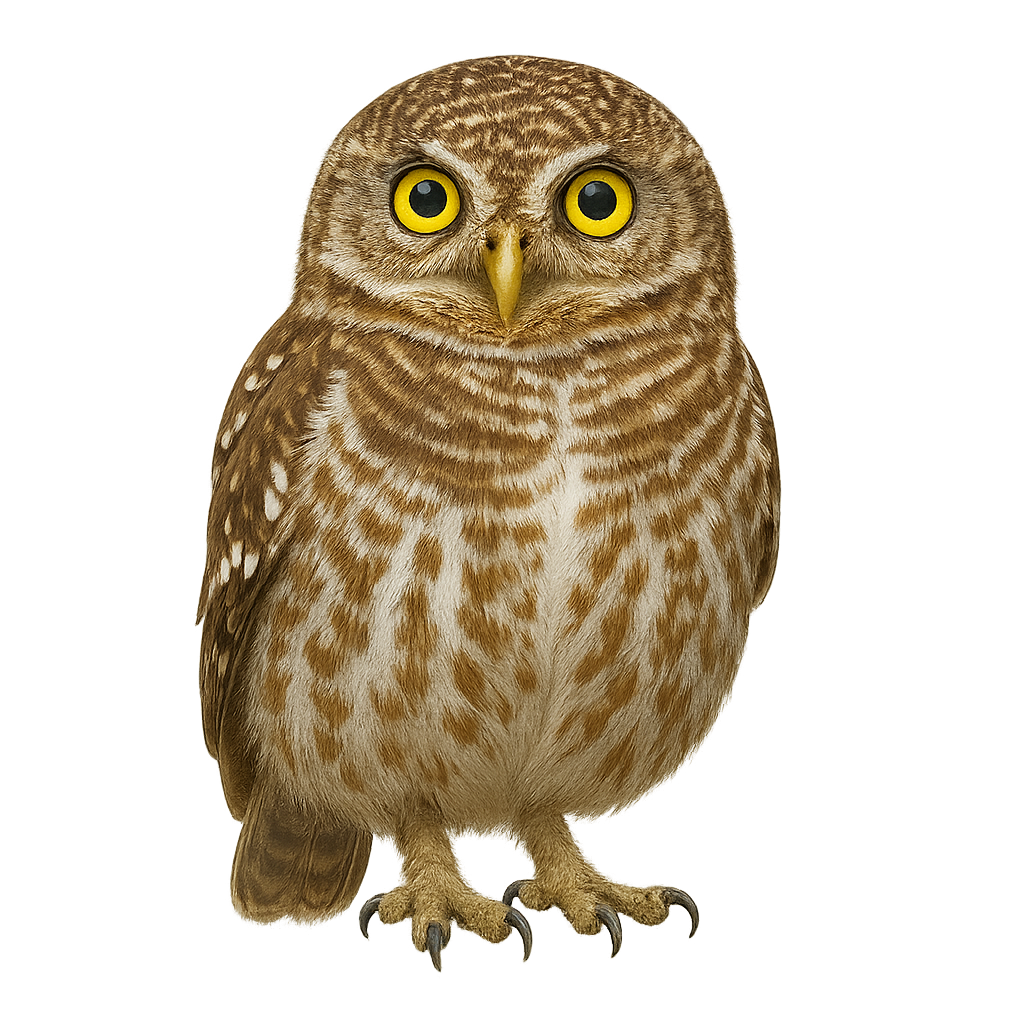Your wildlife photography guide.
Explore the asian barred owlet in detail, study its behavior, prepare your shots.
Where to observe and photograph the asian barred owlet in the wild
Learn where and when to spot the asian barred owlet in the wild, how to identify the species based on distinctive features, and what natural environments it inhabits. The WildlifePhotographer app offers tailored photography tips that reflect the asian barred owlet’s behavior, helping you capture better wildlife images. Explore the full species profile for key information including description, habitat, active periods, and approach techniques.
Asian Barred Owlet
Scientific name: Glaucidium cuculoides

IUCN Status: Least Concern
Family: STRIGIDAE
Group: Birds
Sensitivity to human approach: Suspicious
Minimum approach distance: 10 m
Courtship display: March to April
Incubation: 28-30 jours
Hatchings: March to May
Habitat:
Tropical forests, subtropical forests, wooded areas
Activity period :
Mainly active at night, generally discreet during the day.
Identification and description:
The Asian Barred Owlet, or Glaucidium cuculoides, is a small nocturnal bird of prey belonging to the Strigidae family. It is mainly found in South and Southeast Asia, particularly in the forests of the Himalayas, from northern India to China and Indonesia. It is characterized by its brown plumage with white bars on the chest and wings, and its piercing yellow eyes. Measuring about 22 to 25 cm in length, it is known for its distinctive call that resembles that of a cuckoo. It primarily feeds on insects, small mammals, and birds. The Asian Barred Owlet is a discreet bird, often difficult to spot due to its plumage that blends perfectly with its forest environment.
Recommended lens:
400 mm – adjust based on distance, desired framing (portrait or habitat), and approach conditions.
Photography tips:
To photograph the Asian Barred Owlet, it is advisable to use a telephoto lens of at least 400mm to capture detailed images from a distance. Look for wooded areas where it is likely to perch. Be patient and discreet, as this bird is suspicious and can easily be scared by sudden movements. The best times to observe it are early in the morning or late in the afternoon when the natural light is soft. Use a tripod to stabilize your camera and avoid motion blur.
The WildlifePhotographer App is coming soon!
Be the first to explore the best nature spots, track rutting seasons, log your observations, and observe more wildlife.
Already 1 430 wildlife lovers subscribed worldwide

